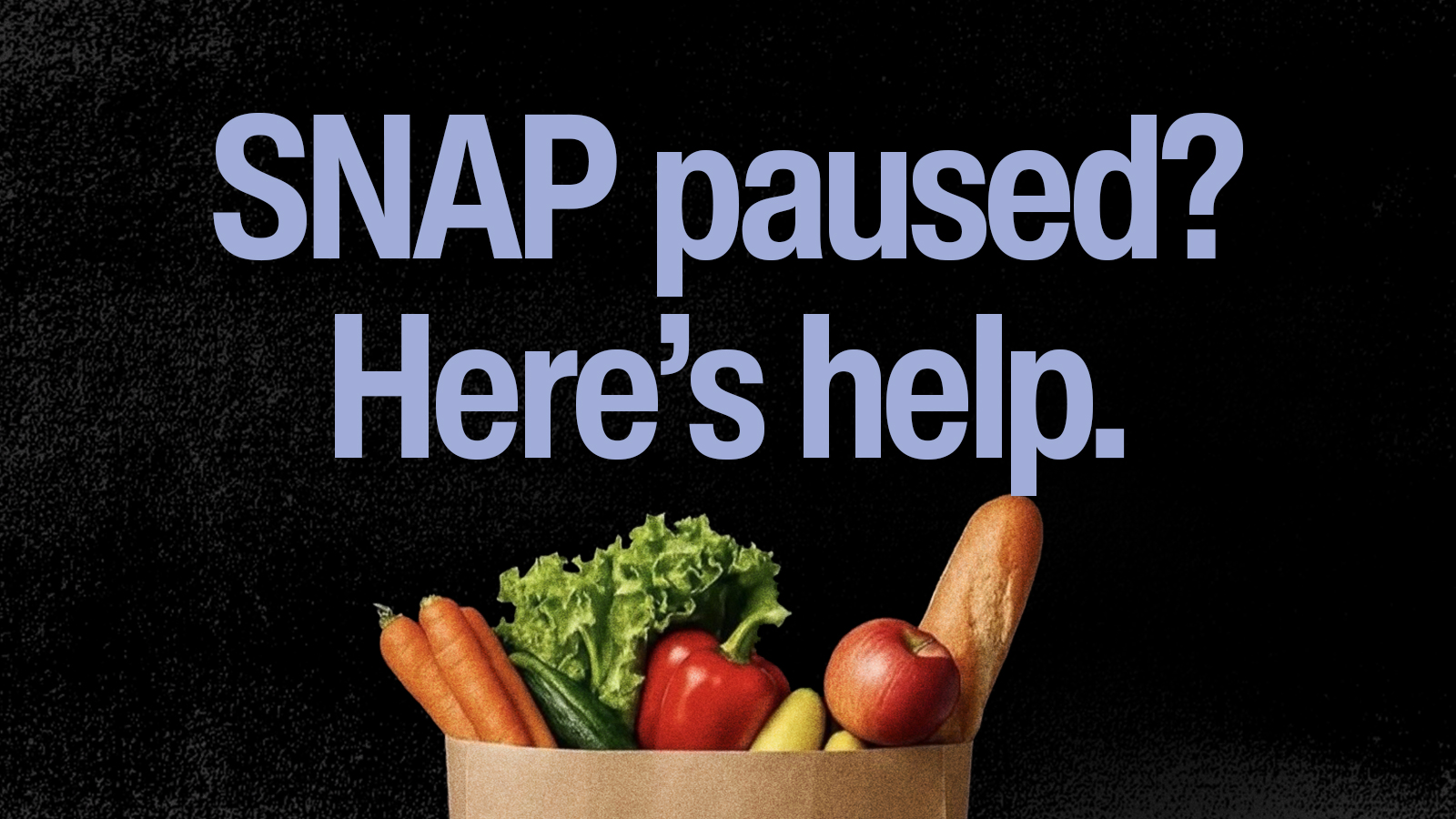Over the last few years, there has been growing news coverage of the fentanyl crisis in the United States. The public consistently hears news about the threat fentanyl poses and the rising number of overdose deaths involving the drug.
So, how did we get to this point? What is the fentanyl crisis exactly, and what are the plans for tackling it? In this article, we’ll discuss the rise of the fentanyl crisis and the path forward.
How bad is the fentanyl crisis?
Opioid addiction and overdoses are not new issues in the U.S., but the increased presence of fentanyl in the drug supply has greatly exacerbated the problem. The Centers for Disease Control (CDC) identified a third wave of opioid overdose deaths that started in 2013. From 2013 to today, opioid overdoses have spiked dramatically. This increase is largely due to synthetic opioids— more specifically, fentanyl.
The COVID-19 pandemic worsened the fentanyl crisis even further. In 2020, overdose deaths rose 31% compared to the previous year. Approximately 70,000 people in the U.S. died from overdose deaths that year, and 82% of those deaths involved synthetic opioids like fentanyl. Overdose deaths peaked in 2022, with more than 100,000 people losing their lives to drug overdoses. Once again, the majority of these overdose deaths involved fentanyl.
One of the driving forces behind the spike in opioid-related overdose deaths is the greater availability of fentanyl. In 2022, the Drug Enforcement Agency (DEA) confiscated over 50 million counterfeit prescription pills laced with fentanyl and more than 10,000 pounds of fentanyl powder, more than double the amount the agency seized in 2021. Collectively, the confiscated drugs contained over 379 million potentially fatal fentanyl doses.
Who is most at risk?
Anyone can be affected by fentanyl, but certain groups are more at risk than others. People who are unemployed, disabled, do not have health insurance, or live below the poverty line are more at risk of fatal opioid overdoses than their counterparts. These risk factors largely overlap with the risk factors for misusing prescription opioids.
People who use illicit drugs are the most at risk for opioid overdoses involving fentanyl. Some people knowingly consume fentanyl, which poses a clear risk, but it’s common to unknowingly consume the drug while using other drugs. Unknowingly using fentanyl is even riskier because the person taking the drugs has no way of knowing how much fentanyl they’re consuming or how it will interact with the other drugs.
One of the biggest myths about fentanyl is that it’s only present in a small number of street drugs. That’s simply not the case. Drugs like heroin, cocaine, MDMA, and counterfeit pills are among those most commonly mixed with fentanyl. Even a small amount of fentanyl in these drugs can prove fatal since fentanyl is a very potent drug. It’s around 50 to 100 times stronger than morphine, which answers the question, why is fentanyl so dangerous? Anyone using these other illicit drugs may unknowingly ingest fentanyl since it has no distinct color, taste, or smell.
But why are drugs laced with fentanyl? There are actually several reasons why illicit drug makers lace their drugs with fentanyl. In some cases, the manufacturers are trying to cut costs and stretch their supply by cutting more expensive drugs with fentanyl. They may also mix fentanyl into the drugs to increase their potency. Regardless of the reason, these fentanyl-laced drugs pose a significant risk to anyone using them.
To make matters worse, drugs commonly laced with fentanyl may also contain xylazine, a non-opioid substance that doesn’t respond to known opioid interventions. The more people are exposed to this dangerous combination of drugs, the harder it is to truly address this crisis.
What’s being done about the problem?
With the dramatic rise in opioid deaths involving fentanyl, it quickly became clear that action was necessary. Officials, government agencies, and specialists have all put plans in motion to address the fentanyl crisis. There’s still a long way to go to keep people safe from fentanyl, but these actions and fentanyl policies from those in power may lay the groundwork for getting out of this crisis. Individual community organizations have been providing crucial on-the-ground harm reduction, while telehealth providers are increasing access to patients who might not have access to in-person clinicians.
Government agencies
The DEA is continuing to seize millions of fake pills laced with fentanyl and thousands of pounds of fentanyl powder every year. Around 70% of the counterfeit pills the DEA seizes contain fatal doses of fentanyl. However, even with all of these fentanyl-laced pills taken out of the drug supply, fentanyl is still abundant.
U.S. Customs and Border Protection (CBP) is also involved in fighting the influx of fentanyl in the U.S. Before 2019, China was the predominant exporter of fentanyl to the United States. China banned fentanyl production, and since then, the majority of fentanyl in the U.S. comes from Mexico. Drug cartels in Mexico produce and distribute fentanyl to the U.S. by smuggling it over the southern border. CBP is tasked with finding and seizing fentanyl as smugglers try to get it over the border. Because fentanyl is so potent, it’s easy to conceal many doses of the drug in small compartments. Still, CBP has seized rising quantities of fentanyl at the border and other ports of entry since 2019.
The Food and Drug Administration (FDA) has a drastically different but still vital role to play in curbing fentanyl overdoses. In March 2023, the FDA approved Narcan for over-the-counter use. Narcan, which is a naloxone nasal spray, can reverse opioid overdoses, including overdoses involving fentanyl. Making Narcan more available will increase the chances that people suffering from fentanyl overdoses receive prompt, effective treatment to save their lives.
Elected officials
Elected officials also have a key role in the fight against the fentanyl crisis. It’s their job to be aware of developments in their communities concerning fentanyl, investigate the problem further, and propose policies that address the issue.
In New York City, for example, Mayor Eric Adams announced expanded access to technology that tests drugs for the presence of fentanyl. These drug-checking machines are co-located with overdose prevention centers (OPC) to offer even more safety interventions against fentanyl overdoses.
Senator John Cornyn of Texas introduced legislation to make fentanyl test strips legal. Currently, federal law is not clear on fentanyl test trips, leading some states to prohibit them as drug paraphernalia. Clarifying the law would make these test strips more available and help drug users identify fentanyl in their drug supply.
In the upcoming election season, officials and prospective officials will likely lean on their fentanyl policies to sway voters. Officials from the two major political parties tend to take different approaches to addressing the fentanyl crisis. However, both parties agree that they need to do something to fight it.
Individual states
One factor adding to the challenges of addressing fentanyl overdoses is the patchwork of drug laws and policies across states. Each state sets its own rules around fentanyl, and these laws can vary greatly from one location to another.
Texas, for example, is one of the states where fentanyl test strips are illegal. By contrast, these test strips are legal in Pennsylvania, California, and Illinois. Different states also take different approaches to addiction intervention and provide vital resources to those dealing with fentanyl addiction. New Jersey, for instance, launched an overdose hotspot outreach initiative. The NJ Department of Health distributes naloxone, test strips, and education resources to those at risk of overdose in these hotspots.
Accessible treatment for OUD
The fight against the fentanyl crisis is ongoing and must involve many different tactics working together. At Ophelia, we’re proud to play a role in this fight by providing greater access to treatment for opioid use disorder (OUD).
There are too many barriers to quality, evidence-based OUD care, from stigma to shortages of qualified addiction treatment professionals. Ophelia is working to remove these barriers by providing personalized online OUD treatment you can access from the privacy of your home. Find out if you’re a candidate to get started on your OUD treatment journey.
Sources





